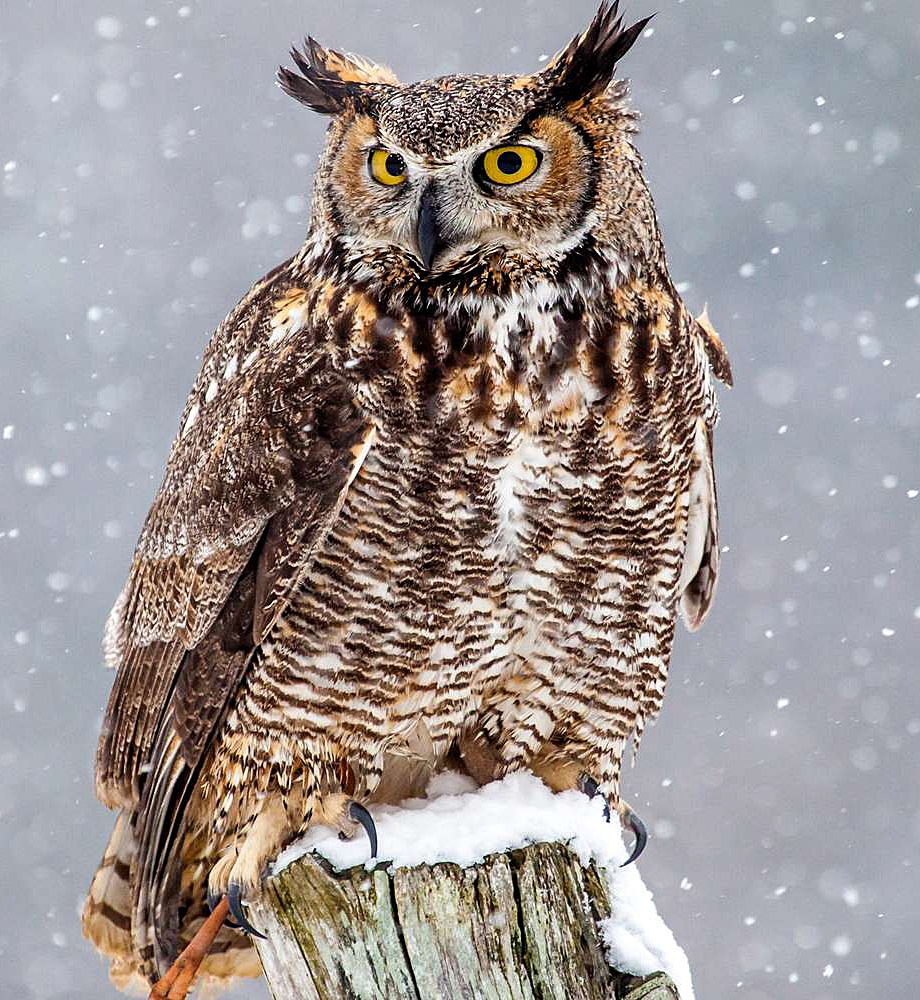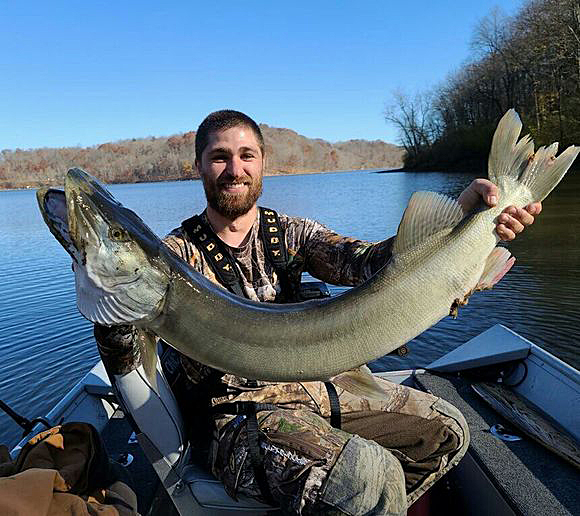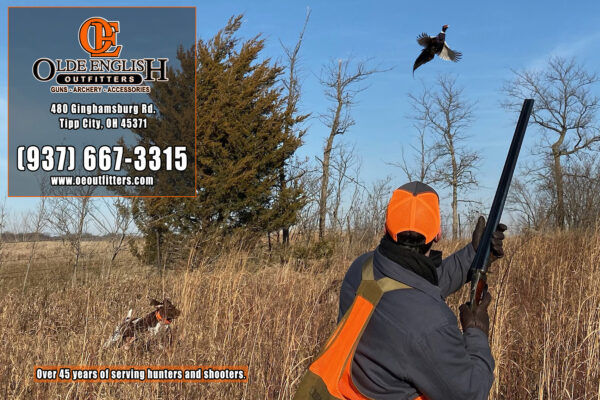
Want to know why there’s no birds in Ohio? Compare landscapes with that in rural North Dakota (above). (Press Pros File Photos)
Motivated by the response to his recent column on why wild pheasants have become extinct in Ohio, columnist Ray Reilly responds with his own outdoors variety of ‘The Reader Speaks’.
(Ed. Note: Ray Reilly is an independent contributor to Press Pros, who can be read in various publications throughout the country. A native of Ohio, he now lives in the West where he’s active in writing classic tales of the outdoors, and environment management.)
By Ray Reilly for Press Pros
 When Press Pros management shared with me the weekly metrics for November 13 through the 19th, I was frankly surprised at the number of readers who took the time to read and respond to my column on Why There Are No Pheasants In Ohio.
When Press Pros management shared with me the weekly metrics for November 13 through the 19th, I was frankly surprised at the number of readers who took the time to read and respond to my column on Why There Are No Pheasants In Ohio.
I might add, too, that a couple of former ODNR people rang me up, one to compliment, and one to chastise for not being more critical of private land practices, saying, “We could do better if we chose to do it. Everything that’s wrong with natural resources today is ultimately people related.” More about that in a minute.
Let me say this. I wrote nothing different than I’ve been saying about eastern Ohio for years, where people there admit to what’s happened to the environment. The needs of the people matter more than rabbits and squirrels. Give us Bob Evans…biscuits and gravy. You can have the squirrels.
But to those who were concerned enough to respond, I want to clarify, and quickly, because it is hunting season and there is no time more relevant to talk about why there’s nothing to hunt in so much of Ohio.
There were two particular complaints from the half dozen, or so, emails sent my way. Dick wrote, passionately, to blame the loss of pheasants, in particular, to predation – foxes, raccoons and coyotes. Dick, I don’t mean to disagree, but I don’t buy it. Simply put, its a convenient excuse from a culture that has for too long taken from nature without putting back.
One, there are no foxes, anymore. None to speak of, anyway. The coyotes are a natural enemy of the fox, and they’ve done a pretty good job of eliminating competition. I guess you can point to the explosion of coyote numbers, but there are a hundred times more coyotes in North and South Dakota than there are in Ohio, and there are plenty of pheasants, along with millions of acres of cover, and there are no people. Once again, the relatable issue is people, and urban sprawl. There are only 775,000 people in the entire state of North Dakota. There’s twice that many in Columbus, Ohio, alone.

Natural killer…there’s no shortage of predators for game birds in the Dakotas, starting with the Great Horned Owl. One owl can kill hundreds of smaller creatures a year.
I don’t disagree that predation takes some toll. But along with coyotes in North Dakota, there’s an even bigger problem with owls and hawks that ravage anything that’s on the ground during spring and summer nesting periods. And of course, owls and hawks are protected – a man-made issue. People say they hunt at night, but they hunt when they’re hungry, or have a brood to feed. Bottom line, there’s four times the predator problem in the western states, four times fewer people, and they have pheasants that die of old age. The average life span of a wild pheasant is about 2 years.
And before I leave the subject of coyotes it’s big business in some areas – predator hunting – and it helps control the balance of things. I know people hunt ’em with dogs in Ohio, but not nearly enough.
A retired ODNR employee wrote with an even more interesting point: “If you took the number of thousand-acre farms that are leased for crop production by absentee owners and put that land in CRP you’d have pheasants in a very short time…a lot of them,” he wrote. “Pheasants will out-produce their natural enemies by a rate of 5 to 1 if they have nesting environment and cover. They adapt.”

Coverage of the outdoors on Press Pros is proudly sponsored by Olde English Outfitters, in Tipp City.
It’s an argument that I’ve heard in the past, people who own large parcels of farm land and feel that it has to produce in order to justify having it – pay the taxes – generational logic. And they want it kept clean, too, even to the point of bush-hogging the roadside ditches, the last resort of pheasants and quail for nesting.
It’s a fact that there are thousands of such properties in Ohio that if left to nature would soon regenerate small game numbers. And, what if we didn’t tax ground set aside for CRP?
Another mentioned ground that isn’t farmed is now being sold to solar energy companies, yet another blow to wildlife and the environment!
A writer from Champaign County mentioned that ODNR has sold out to the whitetail deer. “There’s a lot of money at stake when you shoot a deer,” he wrote. “Licenses, equipment sales, hunting leases, processing, taxidermy…a helluva’ lot more than shooting a rabbit.”
He makes a good point. There was a time around the turn of the 20th century when deer were all but wiped out in Ohio, and it became a priority to restore their numbers through management and limited hunting. The result? Deer adapt better than almost any wild animal you can name, and we did such a good job of it they’re now an urban nuisance. They hunt them in city parks to control their numbers.
 I appreciate the response, and it’s good to know that others who actually access the environment understand its issues – that wildlife and people don’t mix well. You can have one or the other, but rarely both, because people screw it up that quickly.
I appreciate the response, and it’s good to know that others who actually access the environment understand its issues – that wildlife and people don’t mix well. You can have one or the other, but rarely both, because people screw it up that quickly.
If you want one more not-so-obvious example, consider the common crow.
When my dad was living he used to talk about huge flocks of crows that would gather in the farmers’ fields in the spring, when barns were cleaned and manure was spread on the fields for fertilizer. It was a magnet for crows, feeding on uneaten grain.
I’ll ask you now. When was the last time you actually saw a FLOCK of crows? As farm land disappeared, as farming practices changed, as nesting areas were replaced by human development, the crows took the same hit as rabbits and pheasants.
There was a time when we actually hunted them in the spring, because there were so many. But no more, just one here and there, and more common to see them in towns now, around the shopping centers and landfills that replaced their natural habitat.
The crow’s natural enemies, by the way, are owls and hawks, and of course, they’re both protected, and flourishing.
A hundred years ago who would have ever believed?
‘Til next time…I’ve enjoyed it!


